13 Animals That Are Adorable Sleepers
Everyone knows that one friend who can fall asleep anywhere. Often, that friend is a dog, and the way dogs sleep can actually reveal a lot about how they’re feeling.
However, dogs aren’t the only creatures with unique sleeping habits. Who hasn’t been curious about how giraffes manage to rest their heads with such long necks, or how birds that travel across oceans find a place to nap?
Here are 13 cute, quirky, and unusual animal sleeping habits. Keep reading to discover how birds, fish, and (naturally) sloths find their perfect spot to drift off into dreamland.
Sleep cute
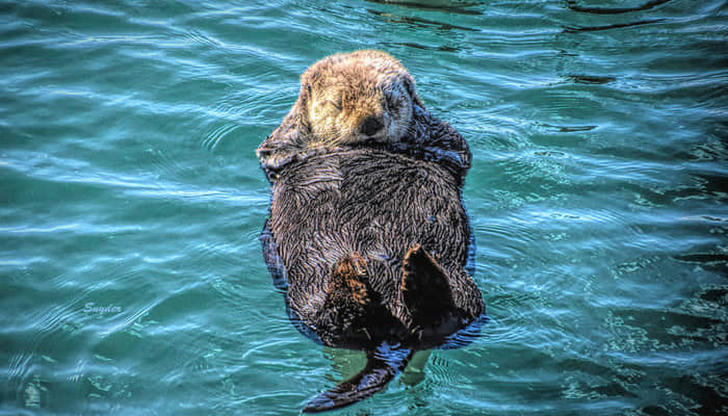
Otters are always a crowd favorite because of their playful nature, and their sleeping habits are just as adorable. These aquatic mammals take naps while floating on their backs to avoid land-based predators. As if their exposed bellies weren't charming enough, they sometimes hold hands with other otters while they sleep to ensure they stay together and don’t drift apart.
Tummy time
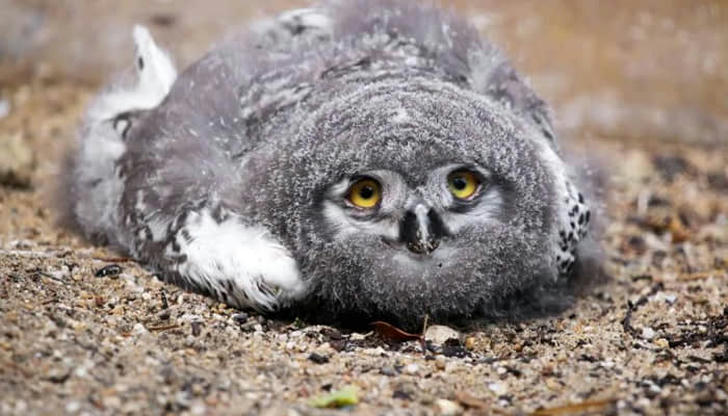
Being an owlet is no easy task. Baby owls have a sleep position that's practically made for memes. These little nocturnal birds sleep on their stomachs with their heads turned to the side because their heads are too heavy for them to keep upright.
Duck, duck, snooze
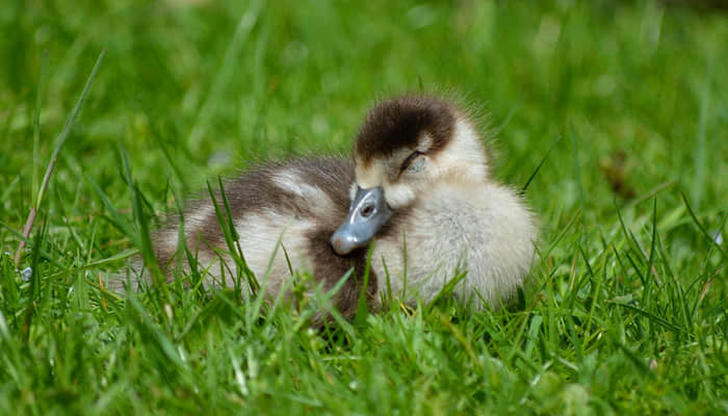
You’re not the only one who tries to get things in order—ducks do it too when it's time to sleep. The fortunate ducks in the middle can close both eyes, while the ones on the outside keep one eye open to stay alert for predators.
Sleeping on a cloud
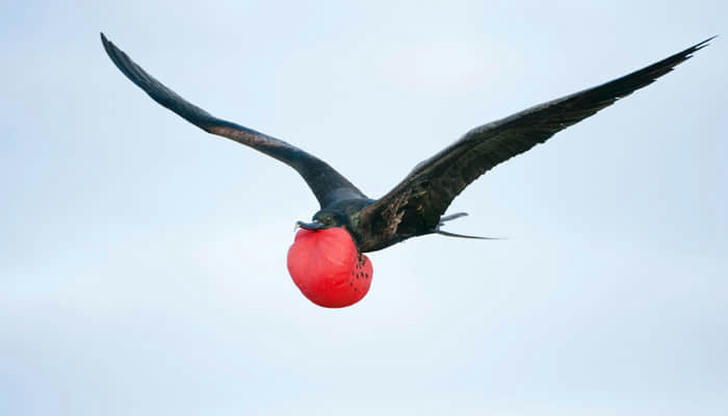
If you have trouble sleeping on planes, take a cue from the great frigatebird. This seabird, which can soar over oceans for months (though it sadly can’t swim), manages to nap for about 45 minutes a day while flying. Great frigatebirds take quick micro-naps, around 10 seconds each, to recharge without losing their rhythm mid-flight.
Snuggle buddies
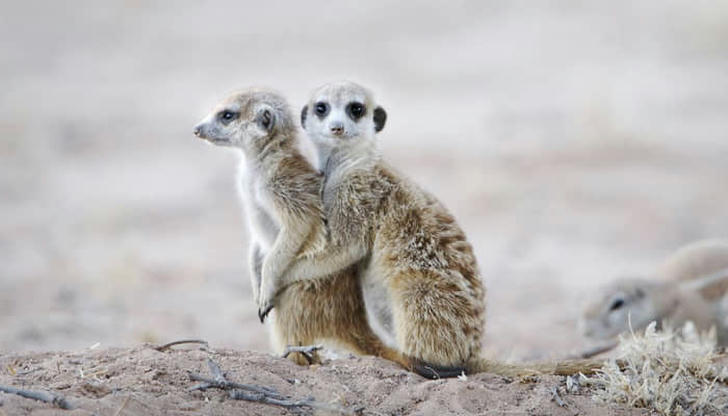
When it comes to snuggling up, few animals do it better than meerkats. These small creatures—familiar from "The Lion King"—sleep in large, warm huddles. Cuddling together helps keep them warm and also serves to protect the pack leaders, who are tucked safely at the bottom of the pile.
Plenty of rest
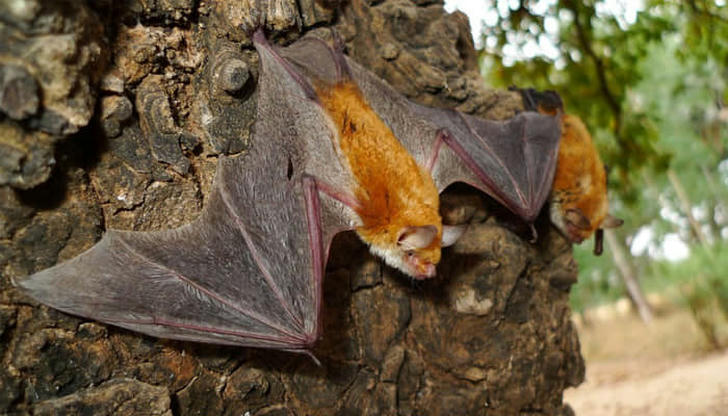
Brown bats have mastered the art of sleep. These mouse-eared, insect-eating bats from North America snooze for about 19 hours a day. They sleep hanging upside down to save energy and stay prepared for a quick escape if needed.
Slowly sinking into sleep
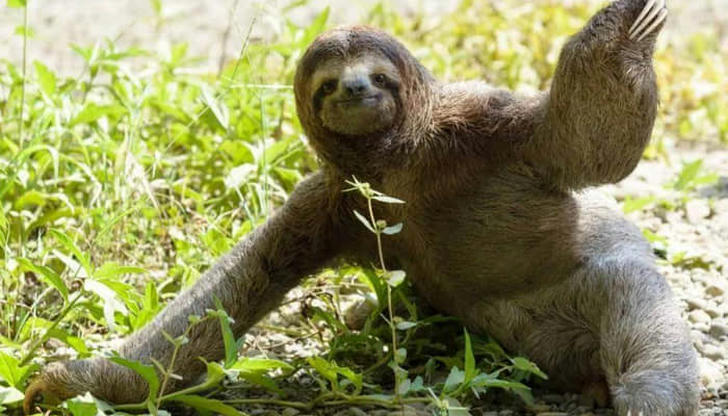
Sloths, the ultimate symbol of sleep, know how to make rest a priority. With their hooked claws providing an amazing grip, they can sleep either hanging upside down or curled around a tree branch.
The water bed
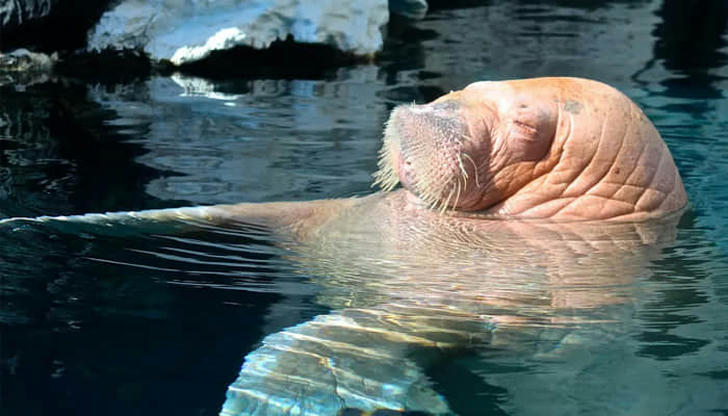
Walruses come with their own natural flotation device. When napping in the ocean, they can store air in two pockets called pharyngeal pouches (located behind their nose and mouth) to keep their heads above water while they take a rest.
Sleep with one eye open

When you're staring at a screen and struggling to sleep, you might envy dolphins. These marine mammals experience unihemispheric slow-wave sleep, allowing them to turn off one half of their brain while keeping the opposite eye open. This unique ability enables dolphins to continuously send signals to their bodies to remind them to breathe.
The neck pillow
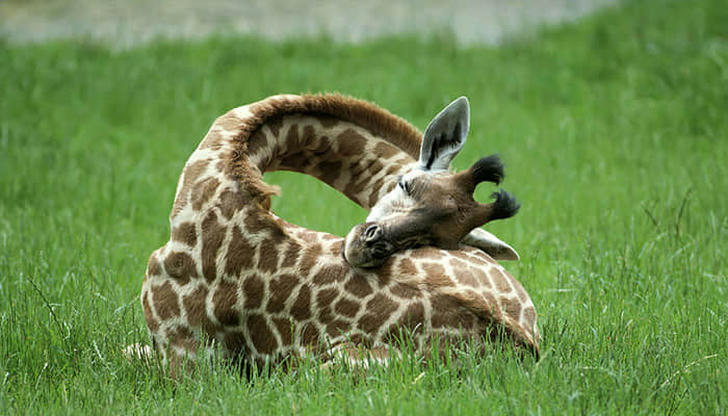
One day, you might wonder if that’s a doughnut or a bagel at the zoo. Giraffes often fold their legs and curl into a ball, resting their heads on their backsides. These long-legged creatures can survive on just 30 minutes of sleep a day, always prepared to spring into action if a predator appears.
Sleep bubble
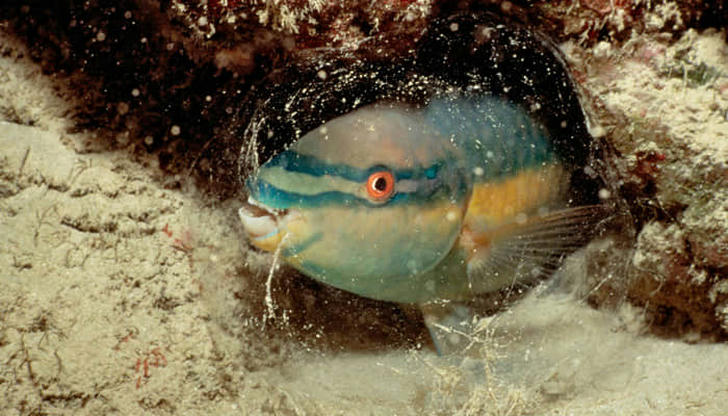
Everyone has their own quirky bedtime habits. The parrotfish, found in coral reefs, creates a bubble of mucus around its body before sleeping. This mucus bubble helps protect it from parasites while it rests.
Diving into Dreamland
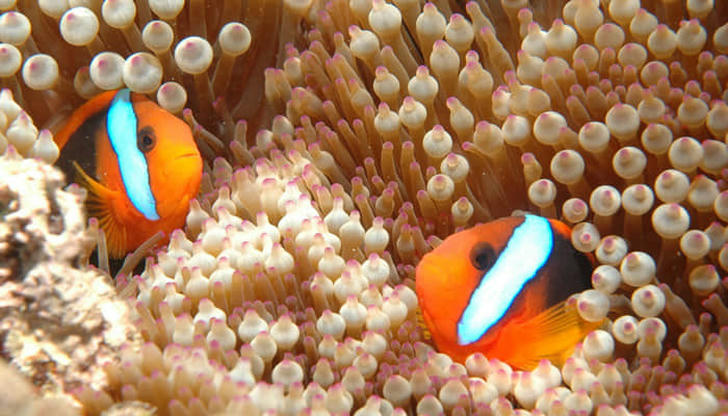
When it comes to underwater sleeping, the clownfish has a unique approach. These colorful fish find safety among the tentacles of sea anemones, where they can sleep protected from predators. Clownfish have a fascinating relationship with their host anemones, and when it's time to rest, they nestle into the anemones, often hiding their bodies while still being partially exposed. Their vibrant colors and playful nature make this sleeping habit delightful to observe.
Elephant dreams
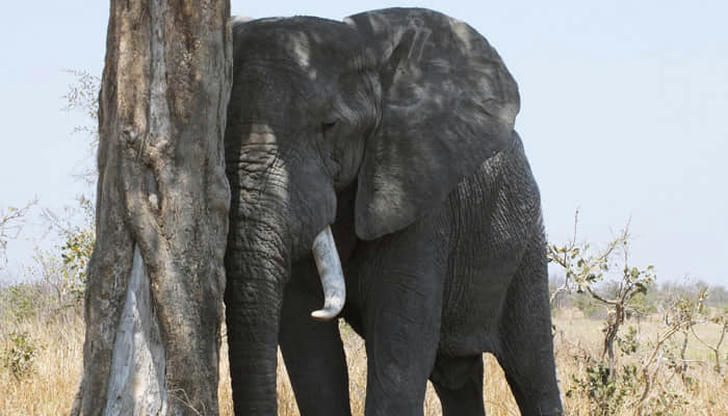
When it comes to napping, elephants have their own unique approach. These gentle giants often sleep standing up, thanks to their incredible strength and balance. However, they need a solid dose of deep sleep to recharge, which usually occurs when they lie down. In the wild, elephants typically take short naps, amounting to about four to six hours of sleep a day, but they can sometimes doze for up to 20 hours when they feel safe.
As they dream, elephants may even exhibit movement, like twitching their trunks or flapping their ears, suggesting they might be reliving cherished memories of their family and vast savanna landscapes. This connection to their loved ones and the safety of their herd makes their sleep a vital part of their well-being.
